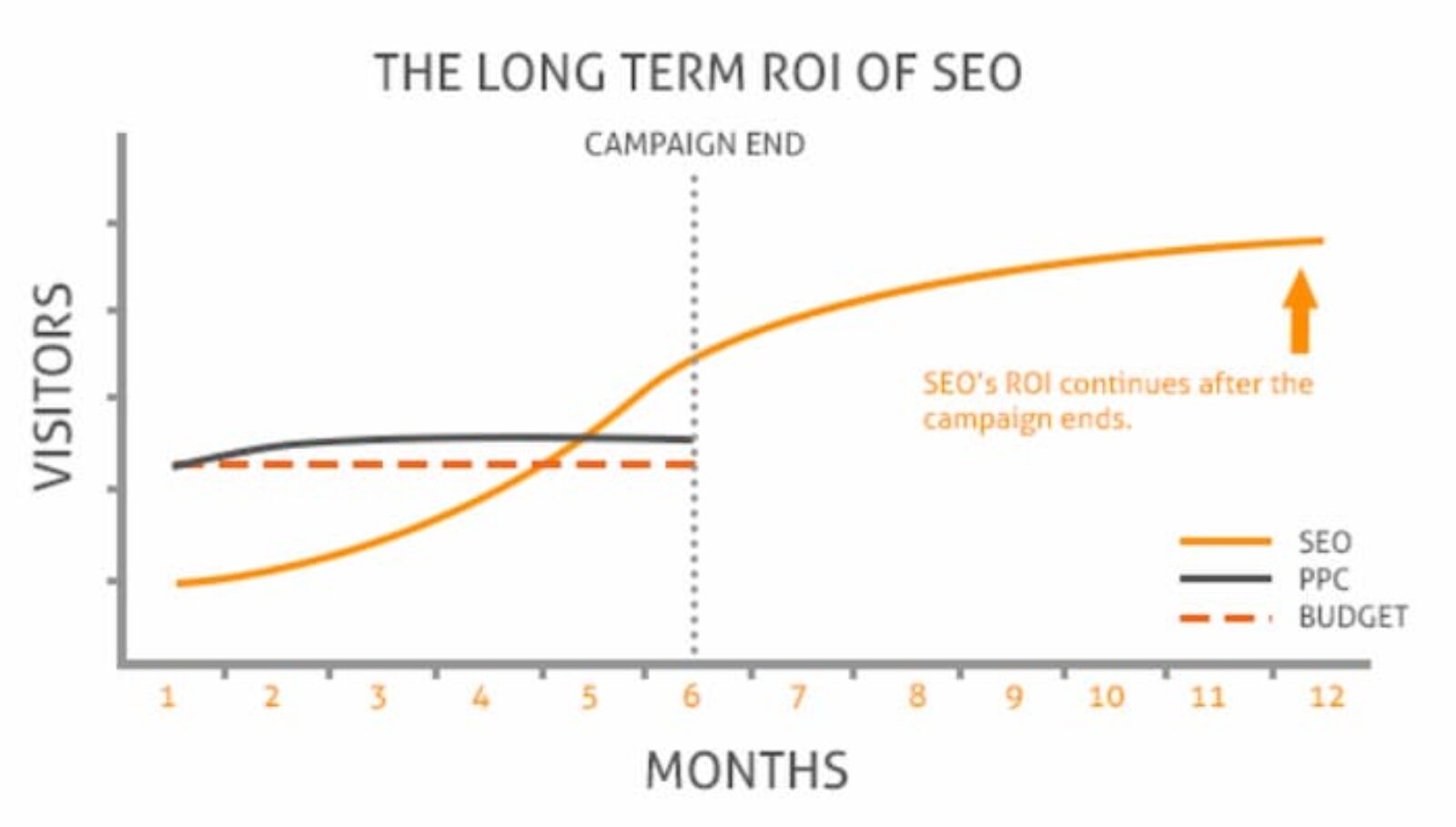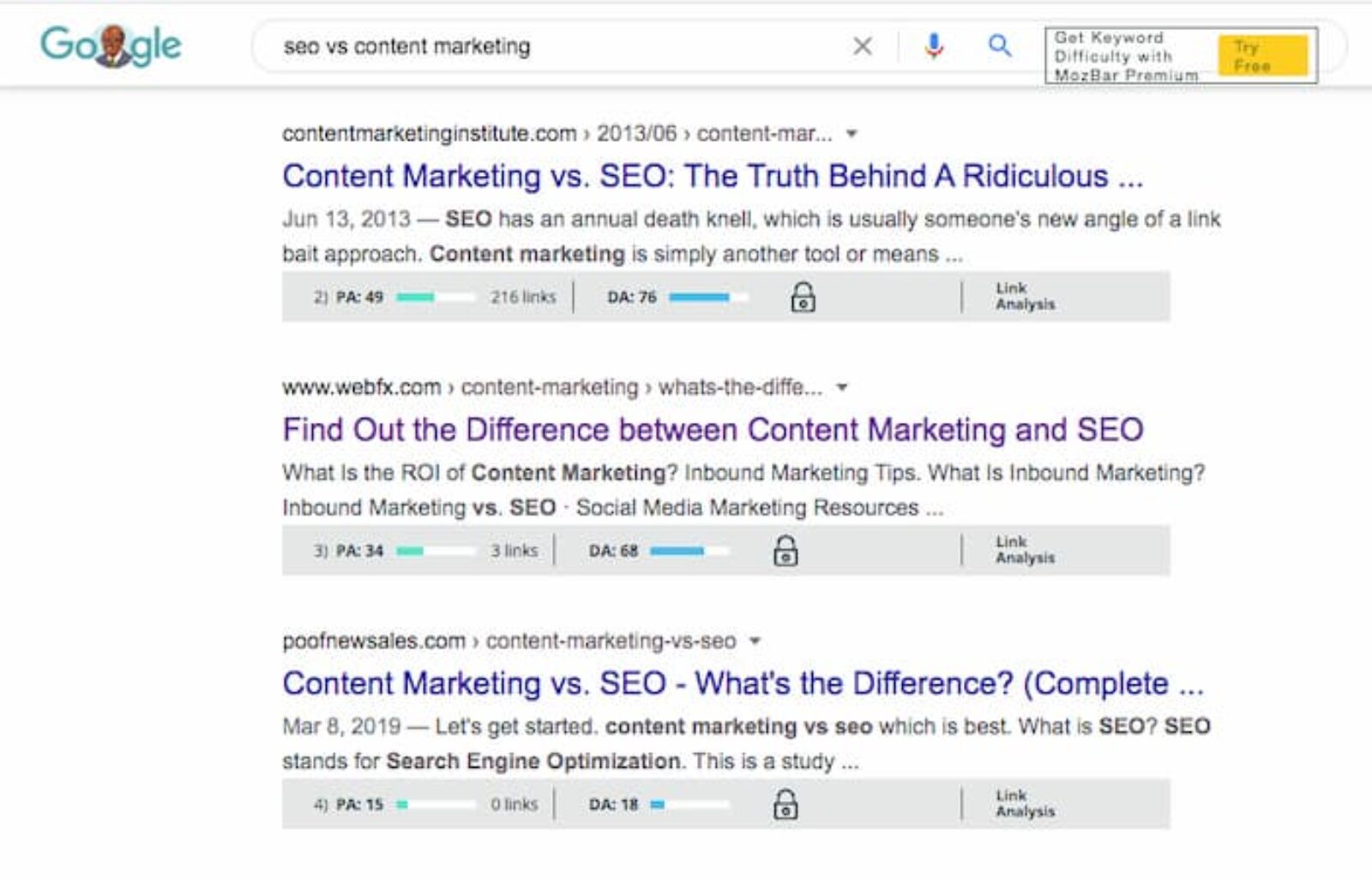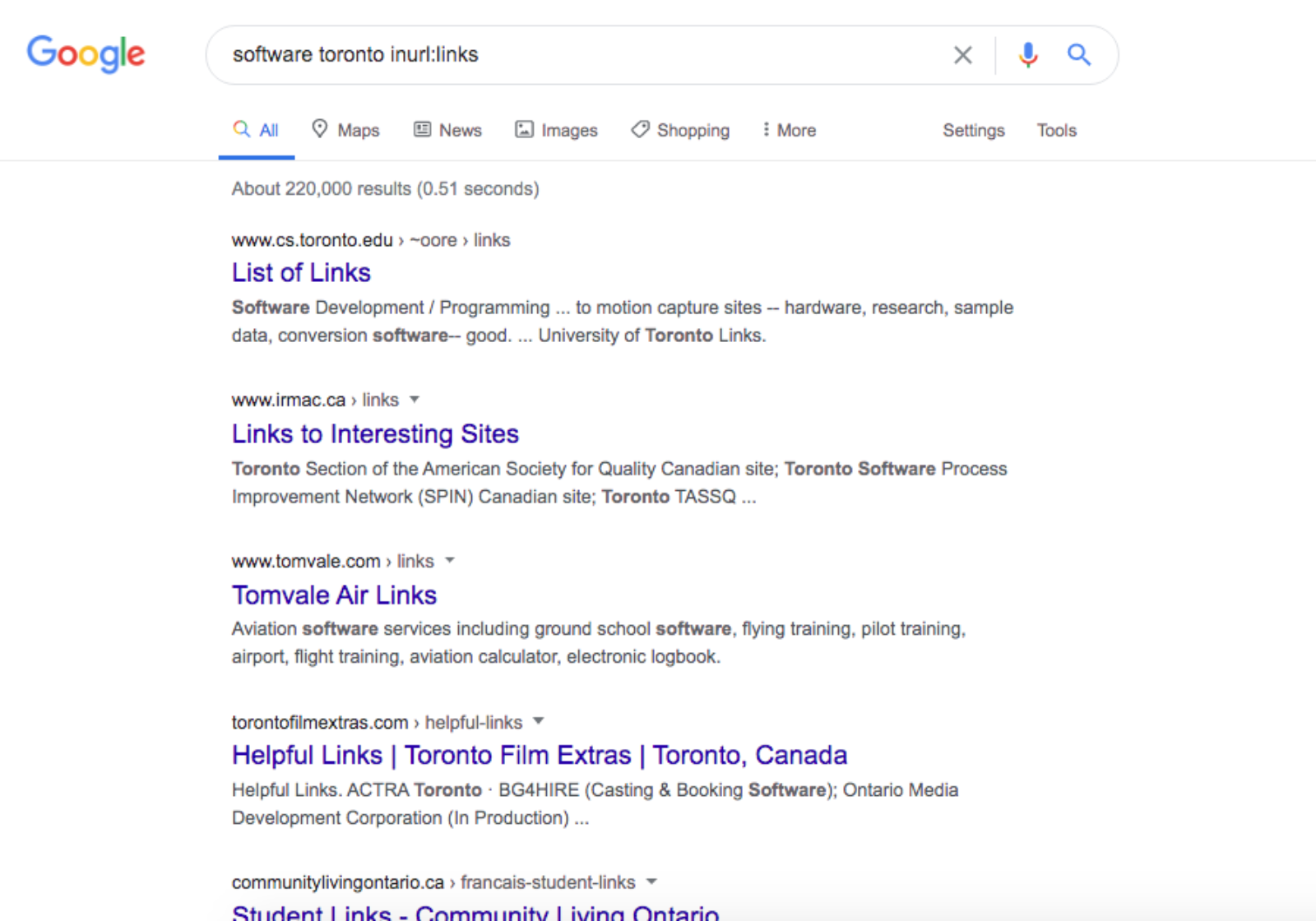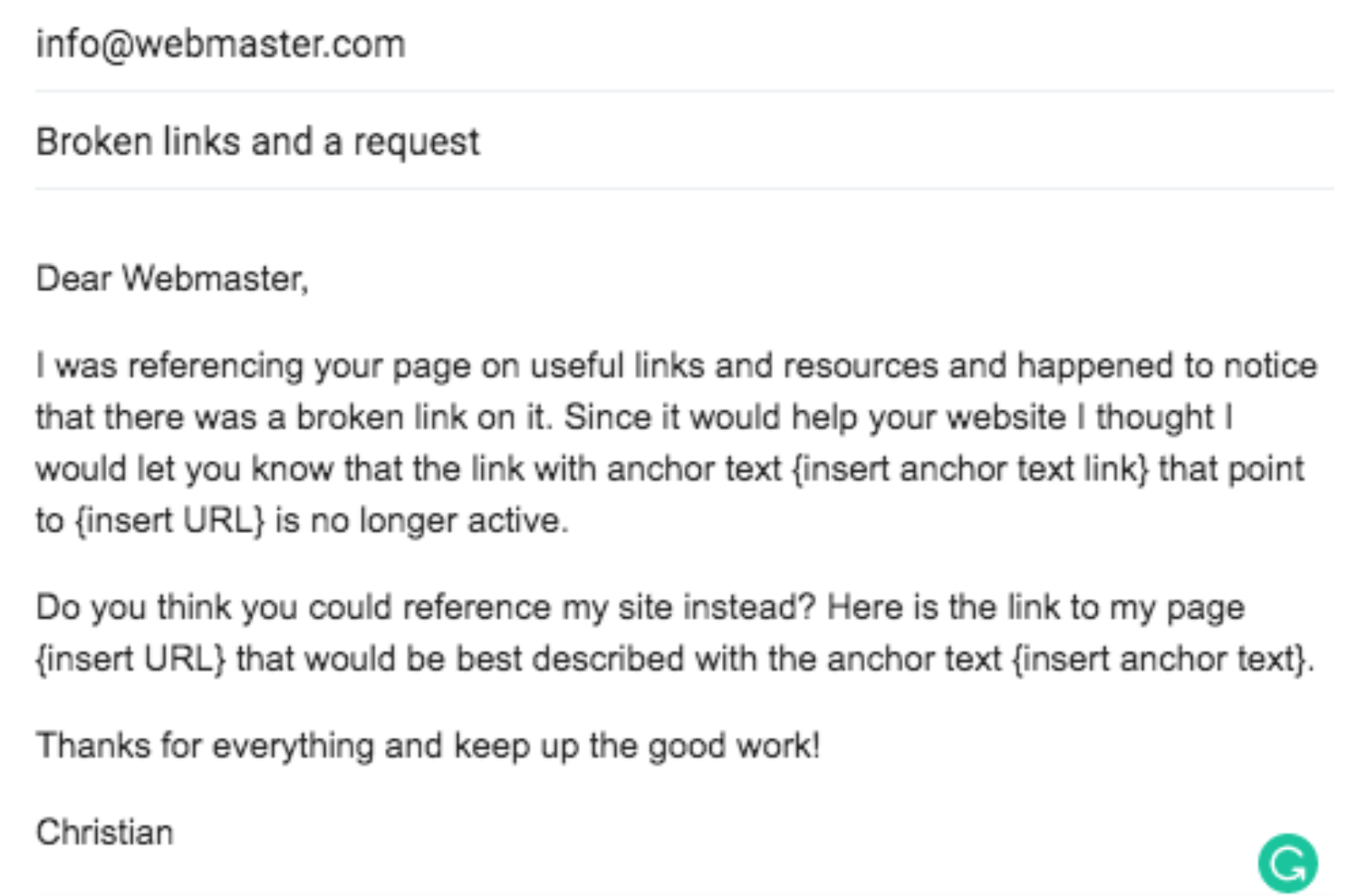Content strategy keyword research Link building Local SEO On-page optimization SEO strategy Technical SEO
7 Advanced SEO Strategies To Grow Website Traffic
Everyone has a website these days, but not everyone is ranking on the first page. How do you send droves of traffic to your website when thousands of others are competing for the same keywords? Here are some well-known advanced SEO strategies that are proven to increase...
January 25, 2021by Christian CarereLink building On-page optimization SEO strategy Technical SEO Web development
6 Different Types Of SEO Techniques
SEO is a practice that consists of many different tactics, strategies and efforts. It’s an umbrella term that can cover a wide spectrum of different types of SEO techniques that will make your website more optimized for search engines.Some websites will need more than...
December 31, 2020by Christian CarereContent strategy keyword research Link building On-page optimization Web development
14 SEO Myths To Eliminate For 2021
When you look at the bigger picture, the internet is still in its infancy. We’ve seen many drastic changes since Google emerged as the dominant search engine and they continue to make changes to its algorithm daily. Every so often algorithm changes can shake up the entire SEO...
Domain Authority & What It Means For Your Website
You may have heard the phrase domain authority being passed around quite a bit and it’s probably for good reason. Many SEOs use the term to describe the likeliness of a website to rank since it refers to the aggregate link equity a domain possesses.The truth is that...
How To Use Anchor Text Links
If you’ve ever attempted building links to your website you may have already come across one of the textbook conundrums regarding how to use anchor text. If you want to make sure that you don’t over or under optimize pages you’re trying to rank organically, continue reading...
The Advantages Of An Internal Link Building Strategy
Every website needs a link building strategy. Most people who are familiar with link building will immediately think of external links and the many link building tactics that have become the norm for acquiring backlinks. The truth is you need an internal link building...
Create A Custom SEO Strategy For Long-term Growth
Establishing an effective, custom SEO strategy for your business is more important now than it ever has been. The global pandemic has created a strong awareness of the options that exist to people in a contactless environment.Many people will continue to explore those...
How To Build Local Links To Attract More Clients
Local SEO is a crucial part of any business whose clients are mainly sourced from a specific location. In order to take advantage of high converting local traffic, it’s important to optimize your website for a specific location. Build local links to improve your local search...
A Crash Course In Broken Link Building
Broken link building is just one of many backlinking strategies used to acquire links to your website. The short summary of how to execute a broken link building campaign is:Find a website that would be ideal to link from to your site,Identify any links on the site which...
Whitby Local SEO Tactics To Rank On First Page
The growth of your business is not something that should be left to chance. Take control of the future of your company by making sure those that are looking for your products and services can find you. Strong local SEO will get your site ranked highly on Google for local...












